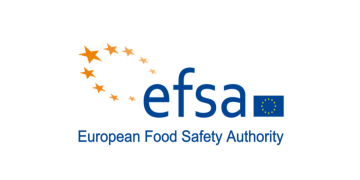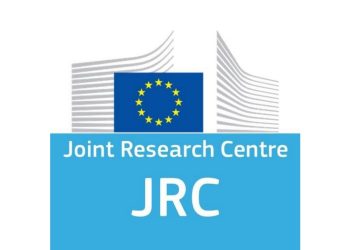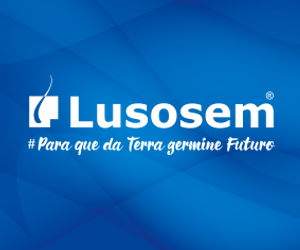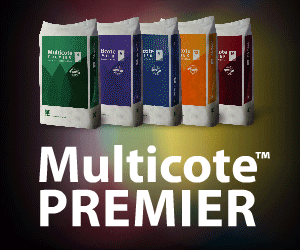An international team of researchers, brought together by the EU-funded project BeXyl – Beyond Xylella, has achieved promising results in applying thermal treatment to control the bacterium Xylella fastidiosa in various plant species. This breakthrough marks an important first step towards providing safe, science-based tools for the safe trade of plant material.
The context
Xylella fastidiosa is a quarantine plant pathogen able to colonise over 700 plant species, including many of high economic and ecological value. A Xylella outbreak triggers strict restrictions on plant movement to prevent its spread, putting severe pressure on nurseries and growers. Thermal treatment is a well-known solution for ensuring the safe trade of plant material from infected areas. However, approved protocols for Xylella currently exist only for grapevines, leaving other key valuable species such as olives and almonds without validated procedures.
The research
The study, coordinated by the CNR – National Research Council in collaboration with ENA – European Nurserystock Association, selected several Xylella-affected species to test controlled thermal treatments. These species included laurel, lavender, oleander, polygala, almond, peach, cherry, fig, mulberry, walnut, and olive.
The treatment protocol involved exposing the plants to different temperatures for varying periods of time in order to test both the effectiveness of heat in neutralising the pathogen, as well as the plant ability to recover and remain vital after the treatment.
Encouraging results for many species
Some ornamental species, including laurel, lavender, oleander, and polygala, showed high heat tolerance while retaining vitality and rooting capacity.
Almond and cherry trees also responded positively to treatments without developing symptoms of infection after treatment, and fig trees confirmed the feasibility of the treatment.
However, some species responded differently. The mulberry did not tolerate high temperatures, while the olive propagation cuttings experienced high mortality and rooting difficulties. For olive trees, strategic in the Mediterranean area, further testing in collaboration with commercial nurseries will continue in 2026 to identify precise combinations of temperature, duration and humidity that maximise effectiveness without compromising the cutting viability.
Post-treatment monitoring covered survival and rooting capacity, possible changes to the plant microbiome, and long-term changes of cellular functions and gene expression linked to heat stress.
Initial observations suggest that, when managed correctly, thermal treatment can eradicate Xylella fastidiosa in several plants without significantly impacting plant vitality, paving the way for standardised, science-based disinfection protocols.
Future prospects
Over the next few months, the tests will be extended to include other agricultural and ornamental species. The objective is to define the optimal combination of temperature, exposure time and operating conditions for each species. The resulting information will facilitate the development of official European standards for using heat treatment as a phytosanitary certification tool.
At the same time, the researchers have started a dialogue with nursery operators in 17 European countries through questionnaires and technical meetings to ascertain their interest and willingness to adopt these techniques t. This collaborative approach aims to ensure that future thermal treatment protocols are both scientifically sound and practically applicable across the nursery sector.
Xylella fastidiosa
Xylella fastidiosa is one of the world’s most threatening plant pathogens, able to colonise over 700 plant species. It is responsible for diseases causing millions of dollars’ worth of agricultural and biodiversity losses in the US and Brazil. In October 2013, the bacterium was detected in the EU for the first time, on olive trees in the Apulia region of southern Italy. Since then, outbreaks have also been detected in regions of France, Spain and Portugal.
Further information can be found at: https://www.efsa.europa.eu/en/topics/topic/xylella-fastidiosa
Fonte: BeXyl – Beyond Xylella





















































